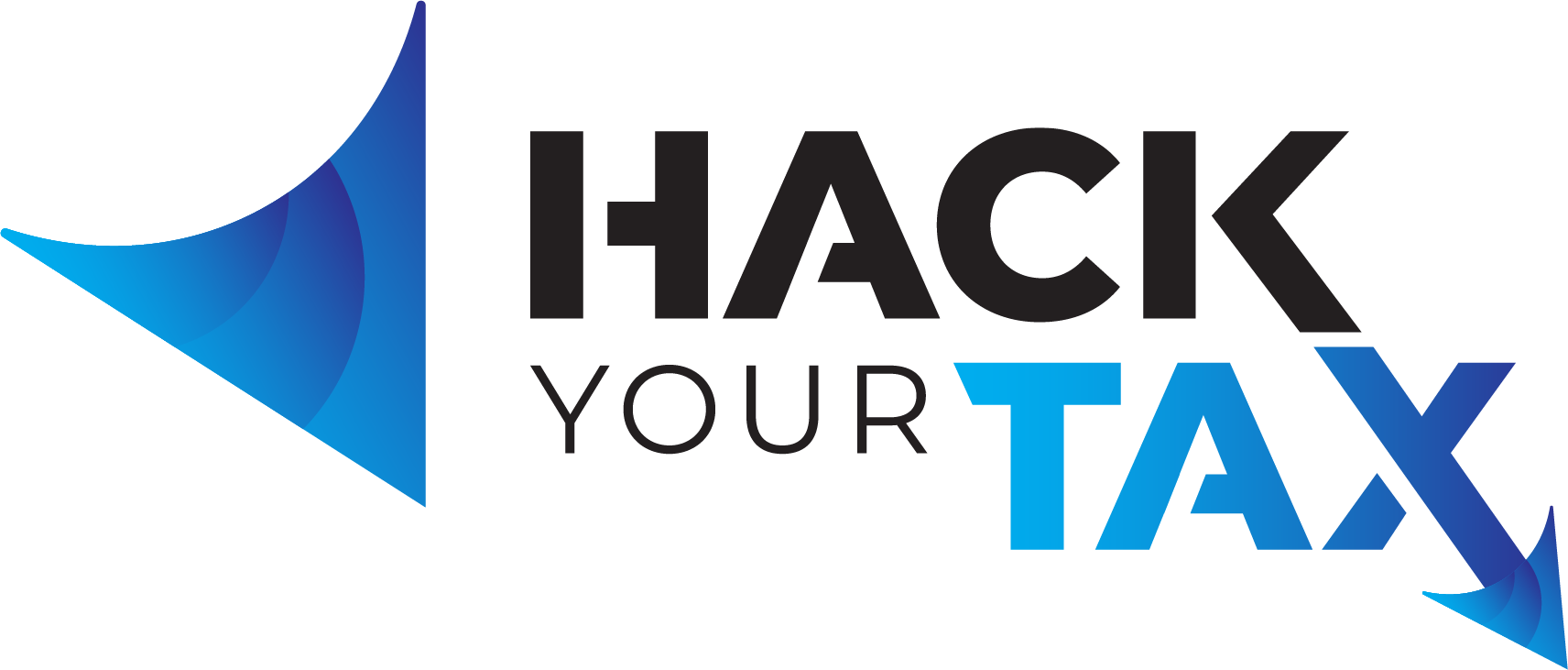Employee Payroll Withholding: Time for Your Mid-Year Checkup
Employee payroll withholding paperwork is no longer the responsibility of the employer. The Tax Cuts and Jobs Act of 2017 changed that, and the burden is now on the employee.
What happened to employee payroll withholding?
The W-4 form (Employee’s Withholding Allowance Certificate) is a familiar form and is also part of new hire paperwork. In the past, employers made sure employee W-4s were updated during the year to reflect address changes, the birth of a child or change in marital status and other events would increase or decrease payroll withholdings.
With the passing of the Tax Cuts and Jobs Act of 2017, employee payroll withholding procedures changed. The IRS didn’t release new 2018 W-4 forms until late March of this year and allowed 2017 W-4s to be used until then. With the release of the 2018 W-4s, the IRS provided an online Withholding Calculator so employees could estimate the right amount of tax to be withheld from their paycheck and to give the new 2018 W-4 to their employer.
Did you do this? And are you sure your estimated employee payroll withholding is correct?
There are several things you should consider:
- If you don’t specifically remember filling out the new 2018 W-4, you may not have done it.
- Failure to have an accurate employee payroll withholding amount deducted from your paycheck could result in your having to pay underpayment penalties and more taxes when you file your taxes in 2019.
- If you owed additional tax when you filed your 2017 federal tax return earlier this year, and you haven’t estimated and deducted enough during these first six months, you may have another unexpected tax bill when you file your 2018 taxes in 2019.
- If your circumstances change during the year, recalculate your withholdings. If your address has changed or the amount that should be deducted from your pay changes, fill out a new W-4 as soon as possible and give it to your employer. If the change reduces the number of withholding allowances you can claim, submit a new W-4 within 10 days of the change.
Reviewing the facts.
The Tax Cuts and Jobs Act passed in December 2017, made major changes to the tax law, including increasing the standard deduction, removing personal exemptions, increasing the Child Tax Credit, limiting or discontinuing certain deductions and changing tax rates and brackets.
These and other far-reaching changes could have a big impact on the tax refund or balance due on the tax return people file next year. The IRS encourages every employee to do a “paycheck checkup” soon to ensure that the correct amount of tax is being taken out of their pay.
Do a ‘paycheck checkup’ soon.
- The Withholding Calculator can help taxpayers apply the new law to their specific financial situation and make an informed decision whether to change their withholding this year. Have your 2017 tax return handy to help estimate the amount of income, deductions, adjustments, and credits to enter. Also, have recent pay stubs to help compute withholding to date this year.
- Adjust withholding as soon as possible for an even, consistent amount of withholding throughout the rest of the year.
- Taxpayers with more complex situations may need to use Publication 505. The publication is more effective for employees who owe self-employment tax, the alternative minimum tax or tax on unearned income from dependents. It can also help taxpayers who receive non-wage income such as dividends, capital gains, rents, and royalties.
Did you know? U.S. citizens, resident aliens, or their estates who are recipients of pensions, annuities, and certain other deferred compensation use Form w-4P to tell payers the correct amount of federal income tax to withhold from their payment(s).
About the Withholding Calculator.
The Withholding Calculator does not request personally identifiable information such as name, Social Security number, address or bank account numbers. The IRS does not save or record the information entered on the calculator. Taxpayers should be aware of tax scams, especially via email or phone and cybercriminals impersonating the IRS. The IRS does not send emails related to the calculator or the information entered in it.
Ready to start the Calculator? Make sure Javascript is enabled
Withholding Calculator
Changing your Withholding.
- Use your results from this Calculator to help you complete a new Form W-4.
- Submit the completed W-4 to your employer as soon as possible. Withholding takes place throughout the year, so it’s better to take this step as soon as possible
If you use this calculator and change your withholding for 2018, be sure to recheck your withholding at the beginning of 2019. This is especially important if you reduce your withholding during mid-year, and your withholding may be incorrect for 2019.
What’s the bottom line?
If you’ve never consulted a CPA tax, financial and business management specialist, now is the time to do it. Tax laws and opportunities have changed dramatically and will continue to do so. Stay prepared, flexible and in control.
Our goal is to become part of your overall life and business goal planning team so that you’ll be able to establish your own goals and know that you have a trusted professional on your team. We establish and maintain a personal and business relationship with our clients. Your LIFE is your business and your BUSINESS is your life. We’re here for YOU.
Call us at 479-668-0082. Use my Calendy Page (it’s easy) to set an appointment or email us.
You may also be interested in:
Taking a closer look at the new tax laws and your 2018 investments


